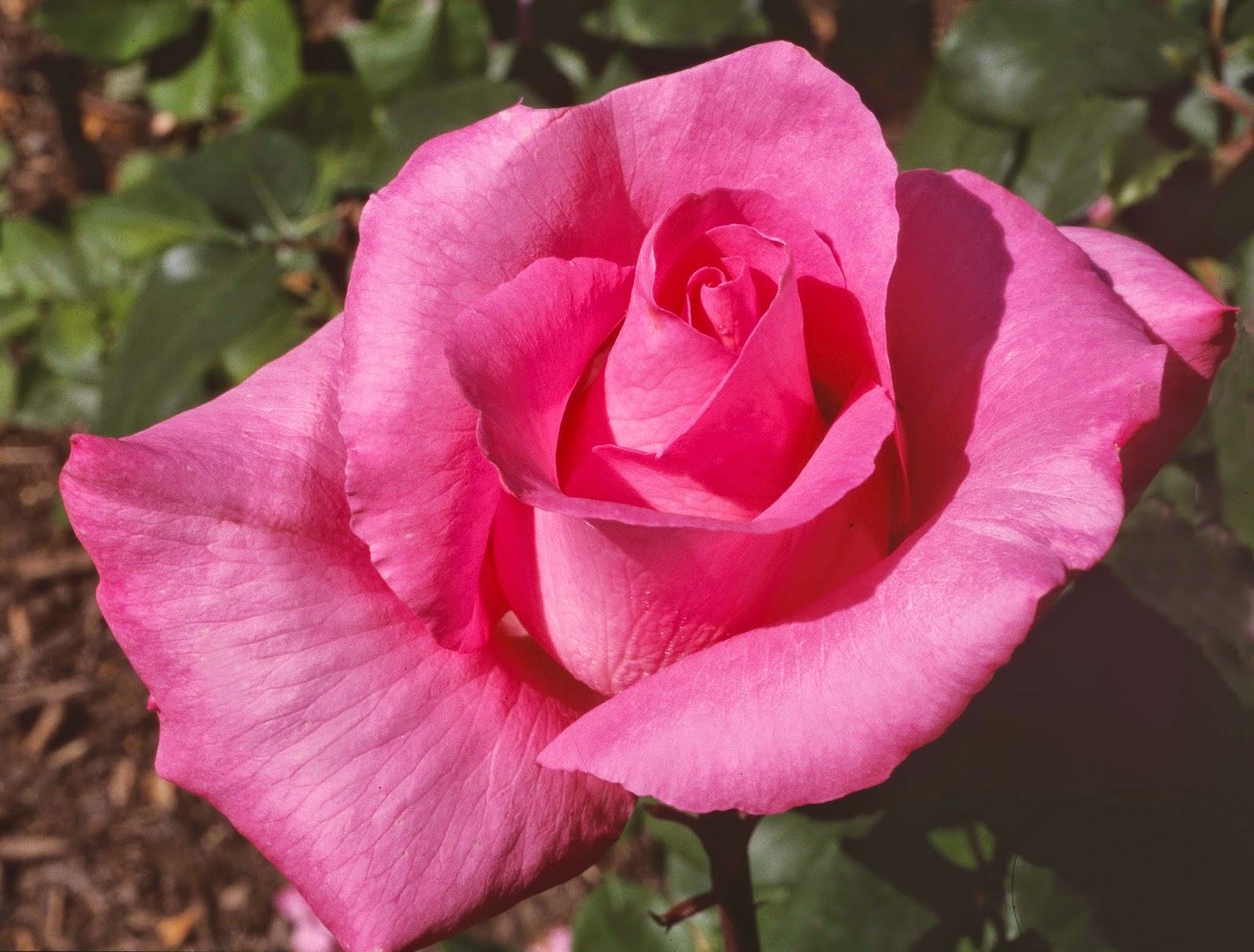Baby It's Cold Outside!
Temperatures in North Carolina dipped into the 30's this past weekend. With this drop in temps came multiple phone calls from rose gardeners asking what needs to be done this time of year to protect their roses.Here in North Carolina we have a longer growing season than other parts of the country which means you might see blooms until late November if we're lucky; however, the bush will begin to defoliate this time of year and the frost might nip the edges of the blooms. Even with the temperatures dropping as quickly as your rose's leaves, you will not need to winterize your roses until December!
That being said, now is an excellent time to begin thinking about winterizing and making preparations to cutback in December!
What is Winter Protection?
It consists of cutting back the roses to about 36" high and covering the center of the plant with mulch. This is done in early December after we have had several frosts and the roses have gone semi-dormant.Why is it Important?
Winter protection is important even in North Carolina where the winters are generally mild. I would think of winterizing as insurance for your roses.
How Do I Winterize?
Cutting Back
- Prune roses back to 36" high
- Prevents breakage from snow and ice accumulations and winter winds
Mulching (Mounding)
- Cover the graft union with 6-8" of pine or hardwood mulch
- Insulates and prevents the graft from freezing or drying out
Things to Remember
Cutting back and mounding your roses should be done every year to protect them from possible cold damage.
Pine straw or leaves do not insulate as well as wood mulches so they are not recommended for winter protection.
Make sure your pruners are sharpened and are in great working order before you cutback. This will make the job easier and safer for you.
While we are sad to see the growing season come to an end, we can get excited about giving our roses time to rest and recoup for the next season!
Make sure your pruners are sharpened and are in great working order before you cutback. This will make the job easier and safer for you.
While we are sad to see the growing season come to an end, we can get excited about giving our roses time to rest and recoup for the next season!








.jpg)




%2BB.jpg)





